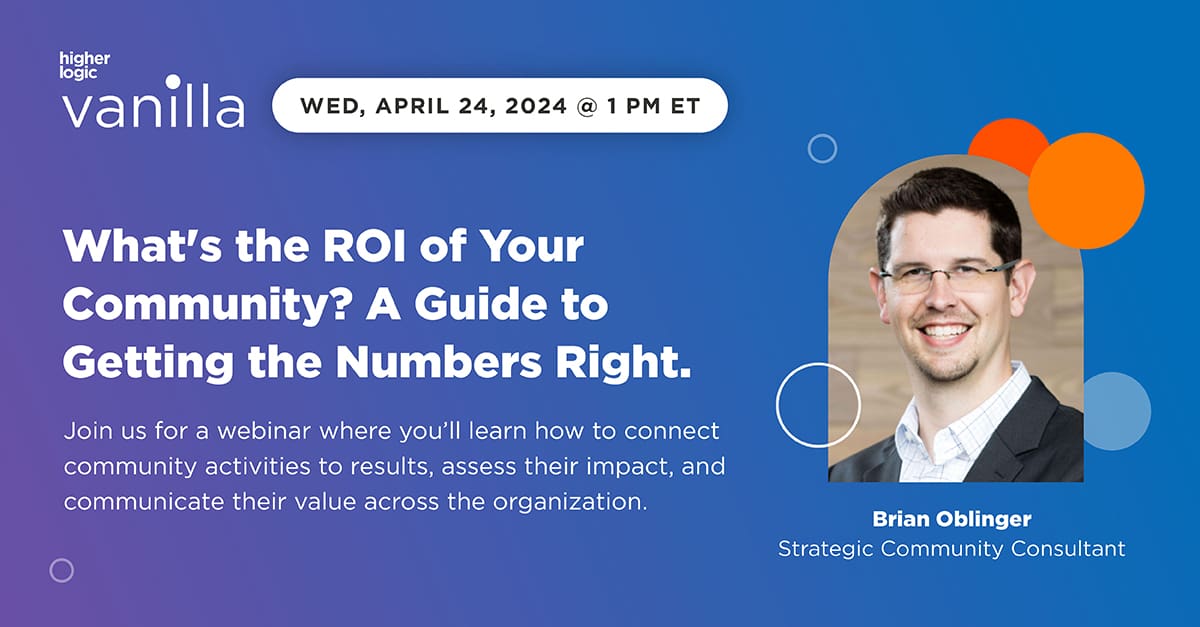
Gamification in Community Forums: Increase User Engagement
Gamification is used literally everywhere – why? Because it works! Gamification increases engagement by providing incentives to participate.
Gamification refers to adding game elements to something that’s traditionally non-game related to make it more of a game. When this is applied properly to your online community, gamification can incentivize your members to participate, increase engagement, and lead to a more active community as a whole.
Six of the most common gamification elements that are used in online communities to increase engagement and incentivize members are:
1. Ability to earn points
2. Ability to earn badges
3. Leaderboard
4. Ability to rank up/ level up/ earn a title
5. Ability to select a custom avatar and username
6. Ability to earn rewards
These methods work simply because gamification creates a sense of competition.
Gamification Is Already Here
If we look to the social media giants that are leading the pack and are clearly successful in establishing an enhanced sense of engagement – they’ve been using gamification for a long time.
Social media communities, such as Instagram, Twitter, Facebook, etc., have gamification elements embedded into their platforms. For instance, the number of “followers,” or “friends,” that a user has is a gamification element. More popular users will have more followers or friends, and so the ability to showcase how many people are actively watching your account for all users to see is essentially a popularity contest.
Key word: contest. It’s gamification.
Gamification provides incentive to participate. Proof? The birth of the Instagram Boyfriend.
These creatures were creates solely for the purpose of taking photos that work to make their partner popular and “followed” on Instagram. In his natural habitat, the Instagram Boyfriend will go out of his way to get the “perfect picture”.
The incentive for this? Followers. This user is engaged.
Gamification in Online Community Forums
Any successful online community forum will use gamification, since it’s successful in creating engagement and participation. Most often, online communities make excellent use of gamification through assigning ranks or badges based on the activity level of the user.

As we mentioned earlier, the ability to earn badges is one of the most common gamification elements. In fact, the ability to earn badges is one of the most simple, yet effective, gamification elements that there is.
Badges, such as the ones above, assign a visual representation to a level that has been achieved by a member. Since badges are tied into accomplishments or activity level, they are something a user aspires to attain and has to earn. At the same time, it identifies that user as someone who has achieved a certain level of knowledge and showcases this achievement to other users.
We also mentioned the ability to level up/ rank up/ earn a title as a common gamification element.
Rank/Title, such as the ones available in the image above (gold, silver, bronze) is awarded to a user when they have achieved a certain level of activity. Newcomers to a forum will often start with a “newbie” or “newcomer” designation, or “general” as seen above. The example above is a more simple case, but in most cases, you’ll want to assign titles with names that fit your brand personality and customize them to meet the needs of your community.
Your Community Forum Gamification Strategy
Gamification works, but not by simply throwing a few pictures or silly titles into the software. For gamification to be successful, it needs to be part of your broader community engagement strategy.
While gamification needs to be embedded into your community strategy, there are a few things to keep in mind when looking to implement your gamification elements.
Keep your users in mind
What do your users look for in your community? Who are most of your community members? Are they gaming fanatics? Are they fashionistas? Think about what type of badges, or ranks, for example, would resonate best with your community base.
For instance, RapidMiner took this principle to heart when they revamped their support community after making the switch to Higher Logic Vanilla.
RapidMiner notes that one of the game-changing features that they implemented into their community was the customizable gamification system, which actually played a huge role in increasing their engagement levels.
By incorporating unique gamification elements with a twist of the brands sense of humor, RapidMiner was able to successfully increase community engagement. Scott Genzer, Senior Community Manager at RapidMiner, states “our ranks are all named after various elements that are known in the machine learning world, so when people achieve a certain rank, it’s a bit of an inside joke.”
Among the top ranks that could be earned in the RapidMiner community is the rank of “unicorn,” which their community members find especially hilarious.
Provide Relevant Incentives
Remember that your community members are likely fans, if not, avid users, of your brand. Given this fact, you might want to offer some real tangible goods as incentives to participate and engage.
For Acer, this strategy is part of their brand advocate program.
Acer offers incentive for participation in their online community, and the top participants are offered the opportunity to be part of the ACE Team, their brand advocate program.
Brad Bilven, senior product manager of Global Digital Services at Acer, notes, “The ACE Team is essentially a brand advocate program that we promote across our website. Essentially, if you join the community and start to rank up, you get noticed by our team and we engage with you right away.”
Brad continues about the gamification tactics that Acer uses to encourage participation, “To make you feel like part of the family, we send Acer swag as a token of appreciation. Then, after about 6 months or so, if we see you are a true brand advocate with high quality content, we offer you a chance to be part of the ACE Team.”
Reward Exemplary Behavior
In any community, you’re sure to find trolls, or those who aren’t too kind to others. Luckily for you, toxic behavior can be mitigated, or at the very least, curbed, by gamification.
Gamification, much like a video game or a certain experiment with a bell and a dog, should reward the behaviors and activities you want to encourage, and discourage the behaviors you don’t.
Consider a peer-review model. Allowing community members to vote on the worthiness of content and weighing those ratings against less worthy posts not only motivates users to engage in meaningful ways, it rewards those actions and favors them over others.
Gamification Works
Gamification works because it’s in our blood. Competition is something that resonates with everyone. The desire to compete and achieve is an innately human response, even if it’s in a small way.
Ultimately, gamification offers an opportunity to effectively recognize, incentivize, and reward members who help make your community the vibrant, engaging place you want it to be.
When used correctly, it can be one of the best community tools that you have at your disposal.




